Why Does My Dog Drag His Butt On The Ground?
By admin / May 15, 2022 / No Comments / Uncategorized

As embarrassing as it is, we’ve all had to deal with a dog scooting their butt on the carpet before. It’s an action many dog parents are quick to stop, but not always considerate about. When a dog scoots their butt, they’re not trying to deface your flooring or make you cringe. Odds are, they’re experiencing something uncomfortable that they can’t tell you about.
So, as unsettling as butt-scooting can be, take it easy on your dog. The sooner you find the root of the problem, the sooner these gross habits will end.
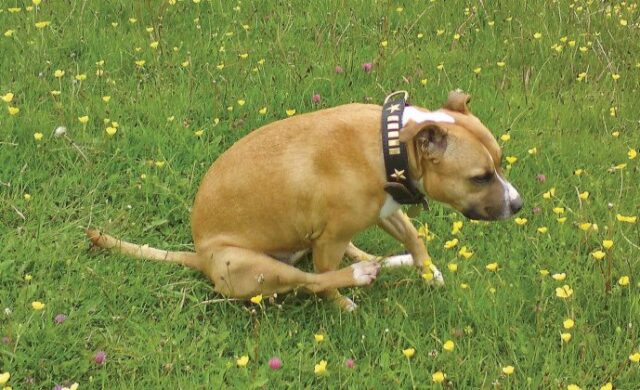
Why Do Dogs Scoot Their Butts?
When dogs drag their butts on the floor, it’s often a sign that something is wrong down there. Scratching their body on the floor can ease pain, no matter how disgusting it might seem to you. There are a few health problems that could be causing discomfort in your dog’s behind.
Anal Gland Problems
The most common reason for an itchy dog butt is anal glands. Anal glands (also called “anal sacs”) are scent glands. They’re located between the layers of muscle in the rectum, and they are a natural part of your dog’s body. It’s unclear exactly what these glands are for, but there are many theories. Some believe they’re used to leave territorial scents in your dog’s waste. Others believe they make it easier for stool to pass through your dog’s body.
Regardless of the purpose, your dog’s bowel movements should remove these fluids on their own, but problems sometimes occur. In some instances, anal glands can become clogged with too much fluid, which is uncomfortable for your dog. The longer these glands go without being extracted, the more uncomfortable they’ll be. Scooting is a way dogs try to relieve this discomfort on their own.
Skin Irritation
Your dog can’t get hemorrhoids like a human can, but there are other reasons for skin irritation near the butt. A simple reason could be a cut, scrape, or matted fur. When your dog gets groomed, the groomer could irritate your dog’s skin by trimming too closely. Scrapes are especially common for dogs who can’t sit still. Yet, if your dog doesn’t get brushed enough, the fur or hair around their butt could become matted. Dense mats are painful and can cause a lot of pressure on your dog’s skin. A mat near your dog’s rear end is sure to make them scratch and scoot.
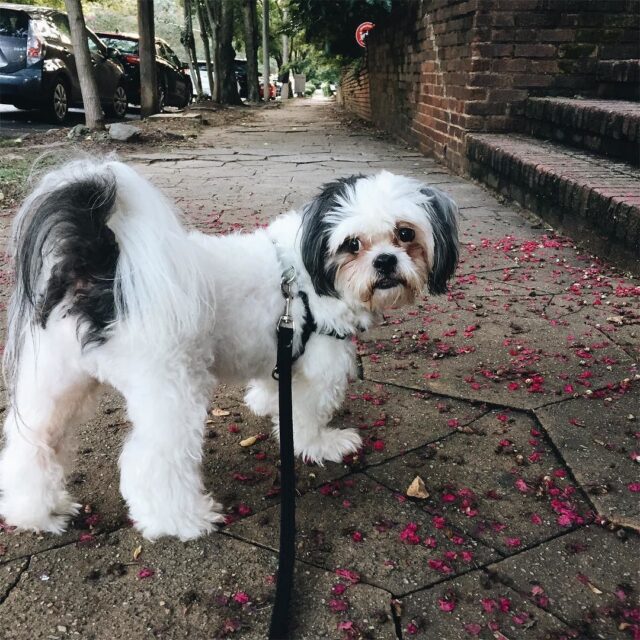
Skin infections can also cause butt scooting for your dog. Bacterial and fungal infections are common causes of irritation. Food allergies could also cause irritation all over your dog’s body, especially near their butt. Additionally, insufficient diets could cause watery stool, which makes it easier for anal gland fluids to build up. Irritated skin could happen for a variety of reasons, so look for injuries and red marks near your dog’s butt. Then, contact your vet to get it diagnosed.
Parasites
Tapeworms and other intestinal parasites could lead to an itchy butt. Tapeworms often occur if your dog eats an infected flea. As the parasites leave the stomach, irritation around your dog’s anus may occur. If a parasite is to blame, you might notice bits of worms near your dog’s butt, in their feces, or around their bedding. But just because you don’t see any parasites doesn’t mean they’re not there. Don’t take dog parasites lightly. Instead, bring your dog to the vet as soon as you can.
Behavior Problems
Believe it or not, even healthy dogs can drag their butt on the carpet. Behavioral and neurological problems could make a dog scoot for seemingly no reason at all. A common cause is trauma. Dogs who get their anal glands expressed more than needed could scoot out of habit or because their anal sacs feel strange now. Sometimes overweight dogs will similarly drag their butts. Losing weight or stopping unneeded anal gland expressions could fix these examples.

Cleaning Themselves
Finally, if your dog is scooting after they poop, then they might need to clean their butt! They could have a piece of poop dangling behind them or some feces trapped in their coat. Be sure to check your dog’s butt if they scoot to make sure they’re free of unwanted waste. Plus, the last thing you’d want is for that extra poop to get all over your clean carpet.
How Often Should You Express Dog Anal Glands?
Since anal gland problems are the most common cause of dog butt scooting, it’s easy to worry. But instead of asking how often you should express dog anal glands, you should be asking if your dog needs them expressed. A dog’s body should remove liquids from the anal sacs on its own. That means no extra maintenance from you. Yet, there will always be exceptions to the norm.
Some dogs might never need their anal glands expressed. But others might need it yearly or even monthly in extreme cases. There’s no set schedule for expressing anal glands, especially since most dogs don’t need it done. If your dog shows signs that their anal glands are full, that’s when you can consider expressing them. But if you express a dog’s anal glands when they’re not full, it could do more harm than good. So, don’t do anything to a dog’s anal glands unless you’re certain it’s necessary.
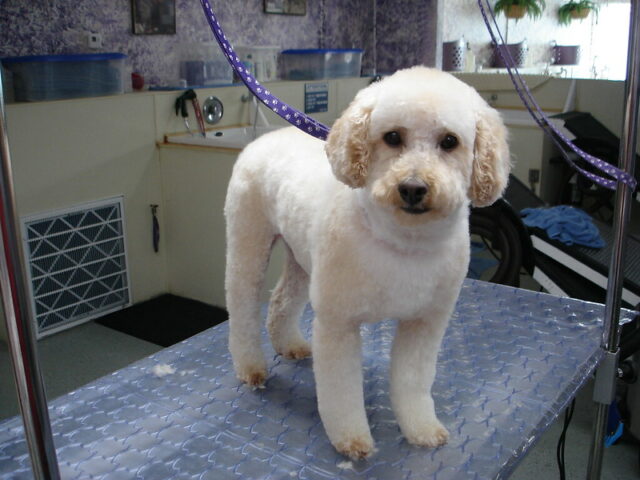
What Causes Dog Anal Gland Problems?
If your dog’s anal glands are full, that’s a sign that something’s not quite right. The following could cause your dog’s anal glands to build up or not function properly:
- Your dog’s stools could be too soft, indicating that they don’t have enough fiber in their diet.
- Their anal glands might not be located where they’re supposed to be.
- Your dog is overweight.
For many dogs, full anal glands are a one-time deal. But if the above problems aren’t solved, the issue could reoccur consistently. If full anal glands are not expressed, they could eventually rupture or bleed.
Signs Your Dog Needs Anal Glands Expressed
Scooting is a clear sign to check your dog’s anal glands, but it’s not the only sign. Here are some indicators that your dog’s anal glands are not working quite right.
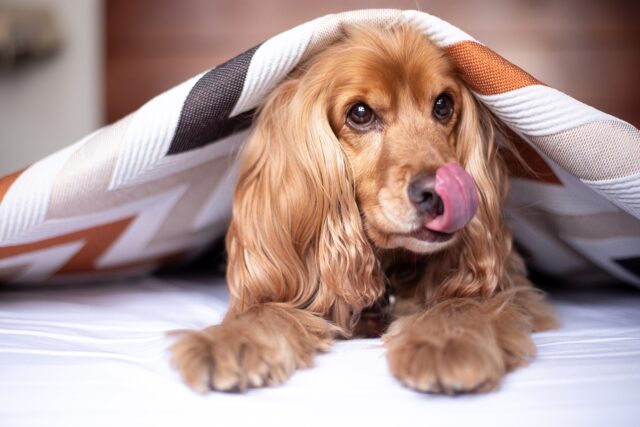
Licking Butt
For some dogs, licking their butt is an easier alternative to scooting. Most dogs lick their bottoms occasionally, but if it’s a constant, relentless type of licking, then you have a right to be concerned. And honestly, it’s not a pretty sight either.
Stinky Smells
Dogs with full anal glands could release an unsettling, pungent smell from their rear end. A dog anal gland smell is often described as fishy and stronger than a regular fart smell.
Foul Liquid
The unpleasant smell that comes from full anal glands could also cause something even fouler. Dogs with full anal glands might release a smelly liquid from their butt when they sit down. This fluid is typically brown, but may also appear tan, yellow, or greenish. You might notice this liquid leave a mark on your clothes, carpet, or furniture. Watch for traces of pus or blood indicating an anal gland infection.
How to Express Dog Anal Glands
Expressing a dog’s anal glands is stinky and messy. So, most dog parents avoid doing it themselves if possible. In most cases, it’s best to turn to a vet or dog groomer for help.
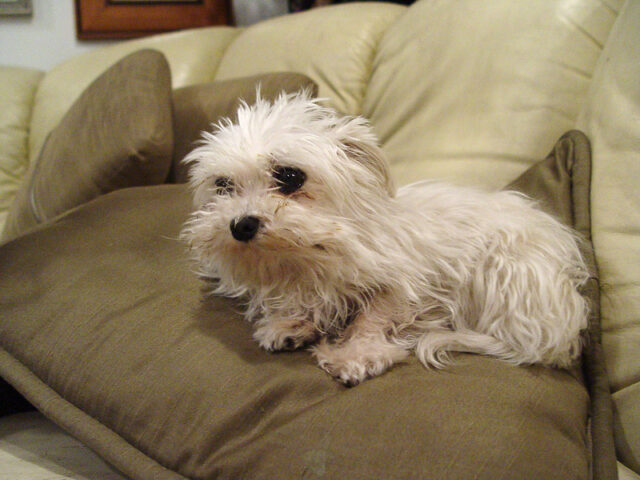
Should You Express Dog Anal Glands Yourself?
If expressing dog anal glands is new to you, you might not want to do it yourself. It’s not a safe process for squeamish humans or wiggly dogs. Your dog could get hurt if something goes wrong, which is why you need confidence for the job. Getting trained by a professional is the best way to learn how to do this task on your own.
For those able to stomach it, here’s how to express dog anal glands yourself:
- Stand your dog up on all fours. Kneel behind larger dogs, but set smaller dogs on a table.
- Have someone hold your dog still.
- Wear disposable gloves. Lubricate your index finger with Vaseline or a similar product.
- Hold your dog’s tail up. Insert the lubricated finger about one inch into your dog’s rectum.
- Put your thumb on the outside of your dog’s anus and bring your thumb and index finger together. The anal gland will feel like a pea-sized sac.
- Keep a paper towel nearby since the fluids may squirt outward. Then, gently squeeze the sac until the brown liquid empties.
- Repeat these steps with the other anal gland.
- Clean up the surrounding area after expressing anal glands.
It’s okay if it still sounds overwhelming. You will never have to express your dog’s anal glands if you don’t want to. If you don’t feel comfortable doing it yourself, turn to a professional.
How to Find Professional Help
Most groomers and vets will express your dog’s anal glands if you ask. Yet, it might not be a good idea without a vet’s approval. There’s a chance that your dog’s butt scooting could be related to something else. Plus, you don’t want to unnecessarily express your dog’s glands. Checking in with your vet first is a great way to confirm that your dog truly needs it done.
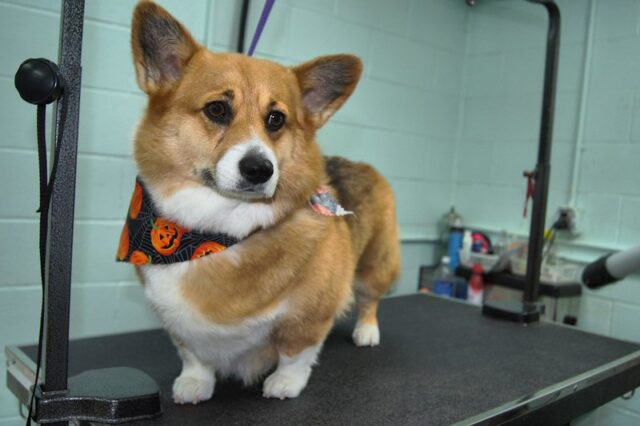
Some groomers express dog anal glands every grooming appointment, but that’s not recommended. Most professionals know that anal glands shouldn’t be expressed if there’s no problem. So, if you’d like your dog’s anal glands expressed during their grooming appointment, ask your groomer to check their anal glands. Otherwise, it might not get done.
Can You Prevent Dog Butt Scooting?
Canines suffering from dog parasites or worms won’t stop scooting until you treat their condition. But an irritated behind or full anal glands don’t work like that. Just because you express your dog’s anal glands once or soothe their itchy skin doesn’t make the problem vanish. In most cases, you’ll need to prevent your dog’s butt problems to stop more scooting in the future.
You can prevent dog butt scooting by:
- Switching your dog to a fiber-rich diet
- Removing allergens from their diet
- Giving your dog more probiotics
- Using antibiotic ointment
- Cleaning their bottom more often
- Helping your dog lose weight
Expressing dog anal glands more often is rarely the answer for dog butt scooting. Instead, make one of the above changes in your dog’s routine. Then, your dog’s itchiness should stop on its own. If you expressed your dog’s anal glands once, start practicing these preventative actions so their anal sacs won’t fill up again.

When to See a Vet for Dog Butt Scooting
After trying everything, your dog might still feel the urge to scoot. Any dogs scooting for more than a few days should see a vet. Often, butt scooting is a minor problem that’s fixable, but you never know when it could indicate something more serious. Don’t feel ashamed to contact your vet if you don’t know what’s going on with your dog. If your dog has been butt scooting a lot, but you have no clue why a vet might be able to get to the bottom of it. They could even save your dog from a painful condition.
Next time your dog rubs their butt against the floor, don’t be so quick to scold them. Instead, consider why they’re doing it and figure out how you can make them feel better. Odds are, the butt scooting is just as annoying for them as it is for you.
Featured Image: @PetCompanionMagazine/Facebook
The post Why Does My Dog Drag His Butt On The Ground? appeared first on iHeartDogs.com.
